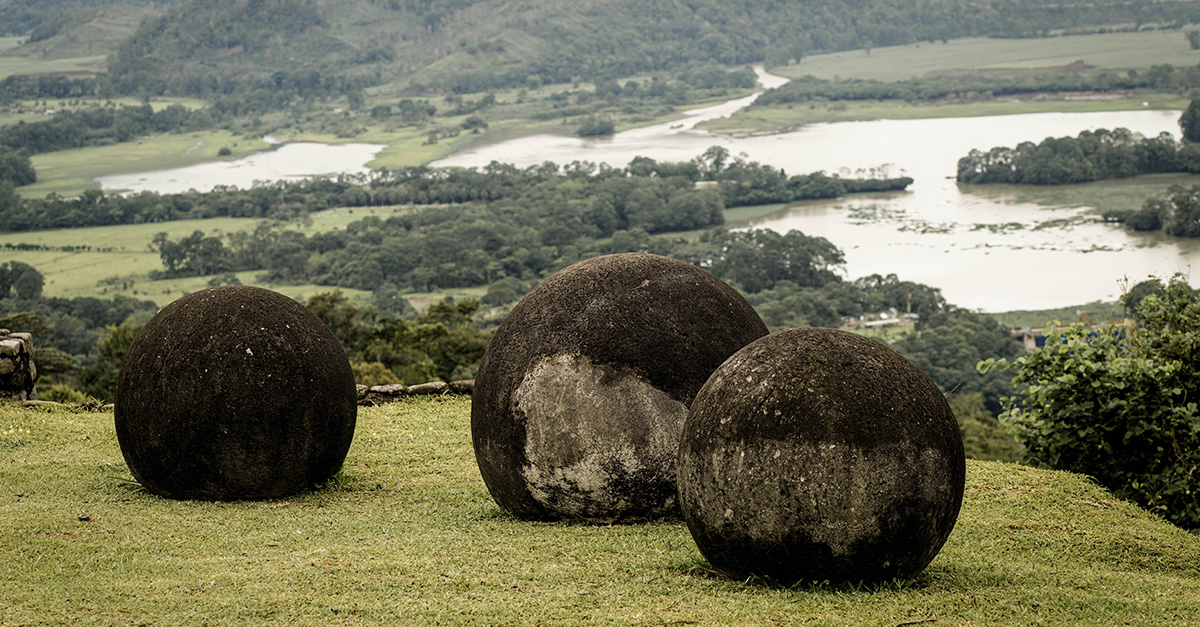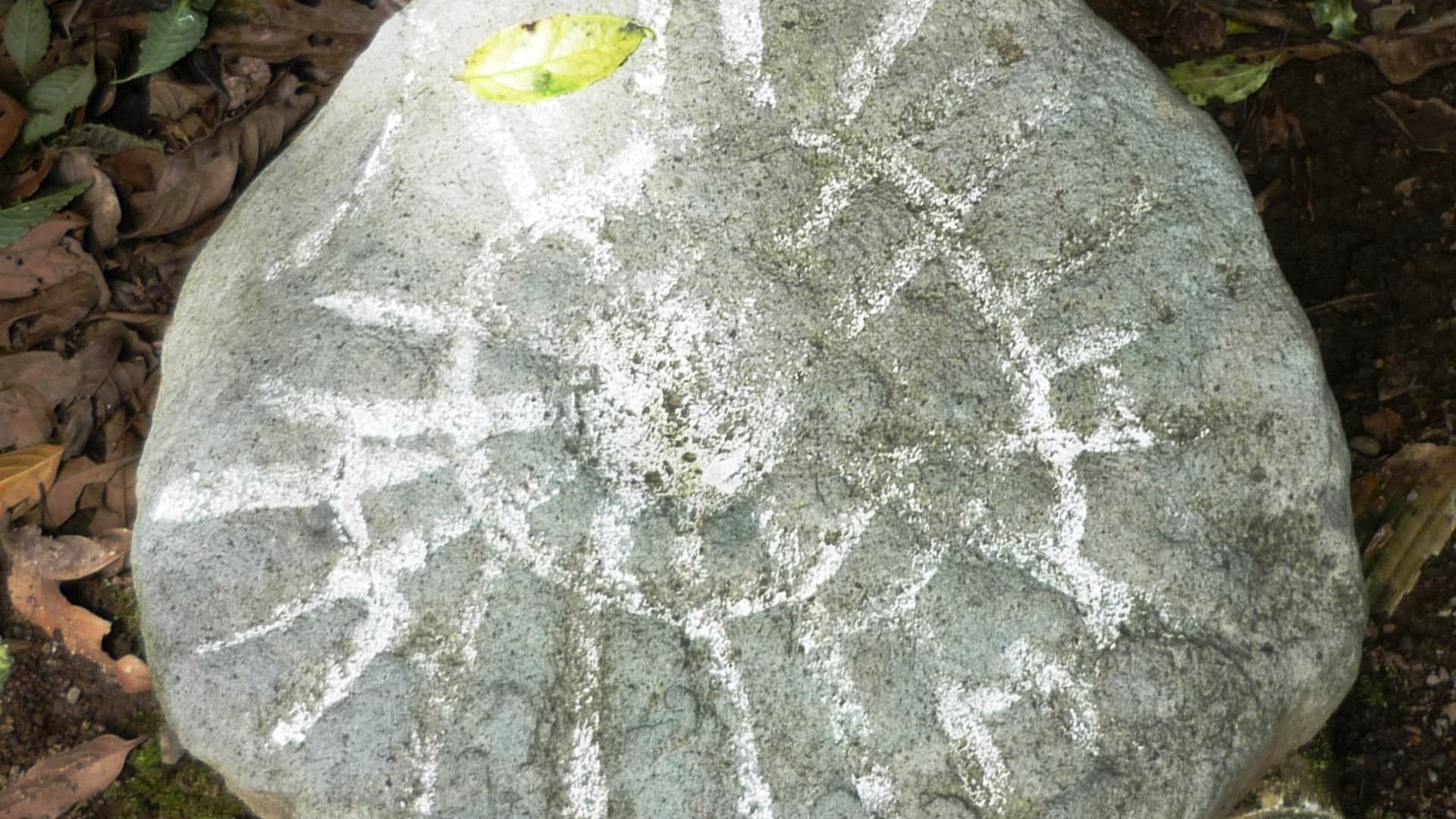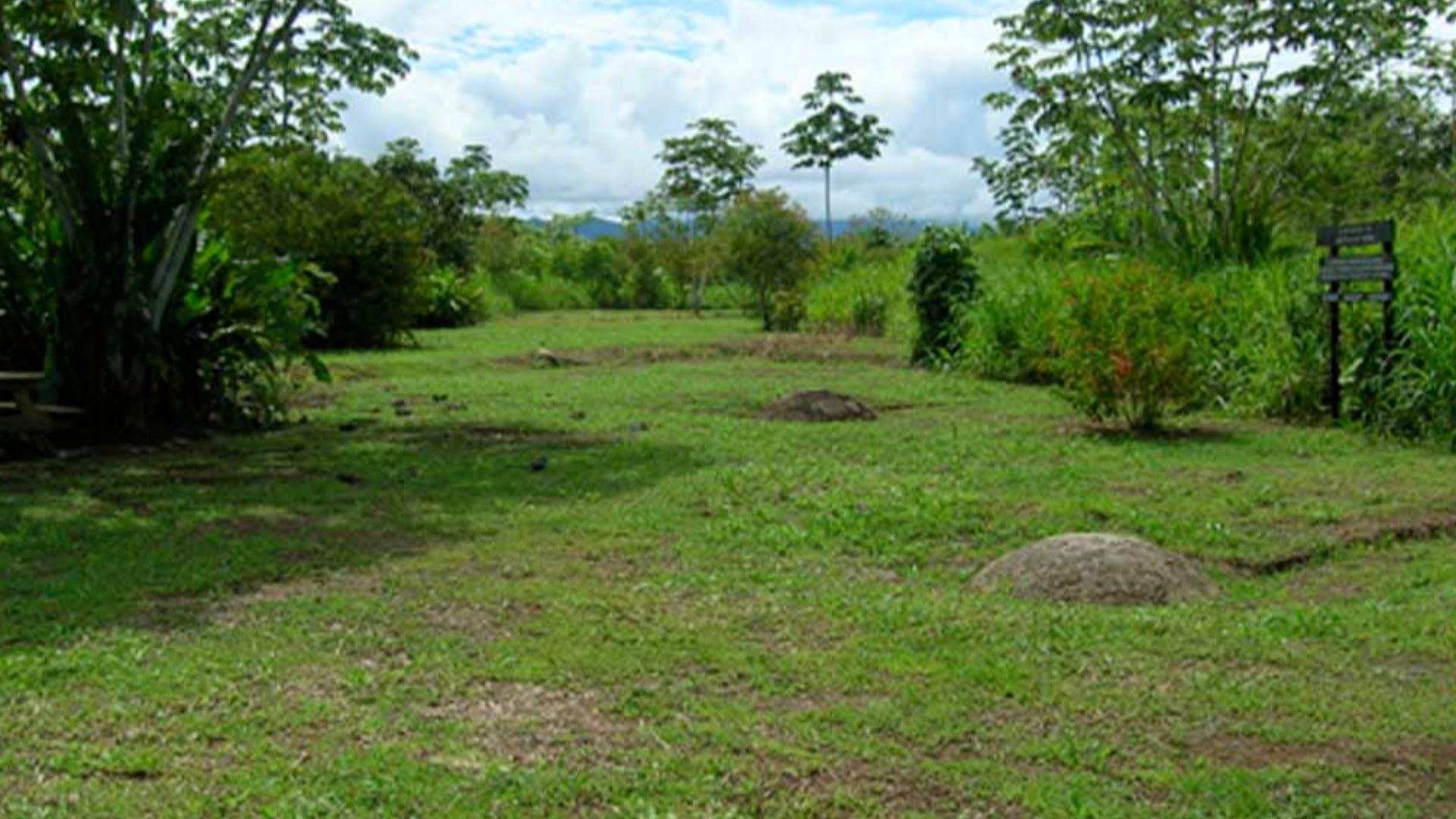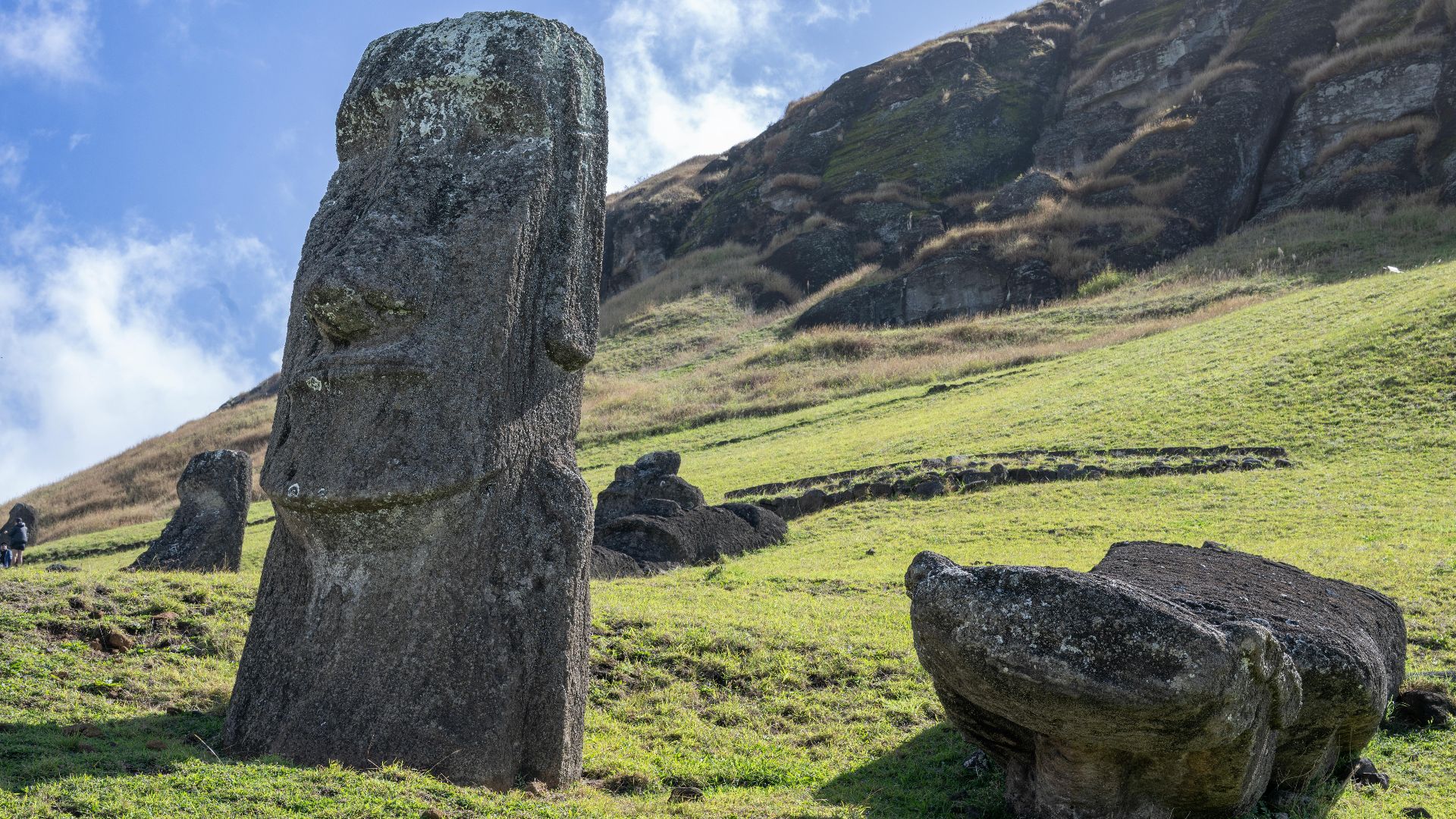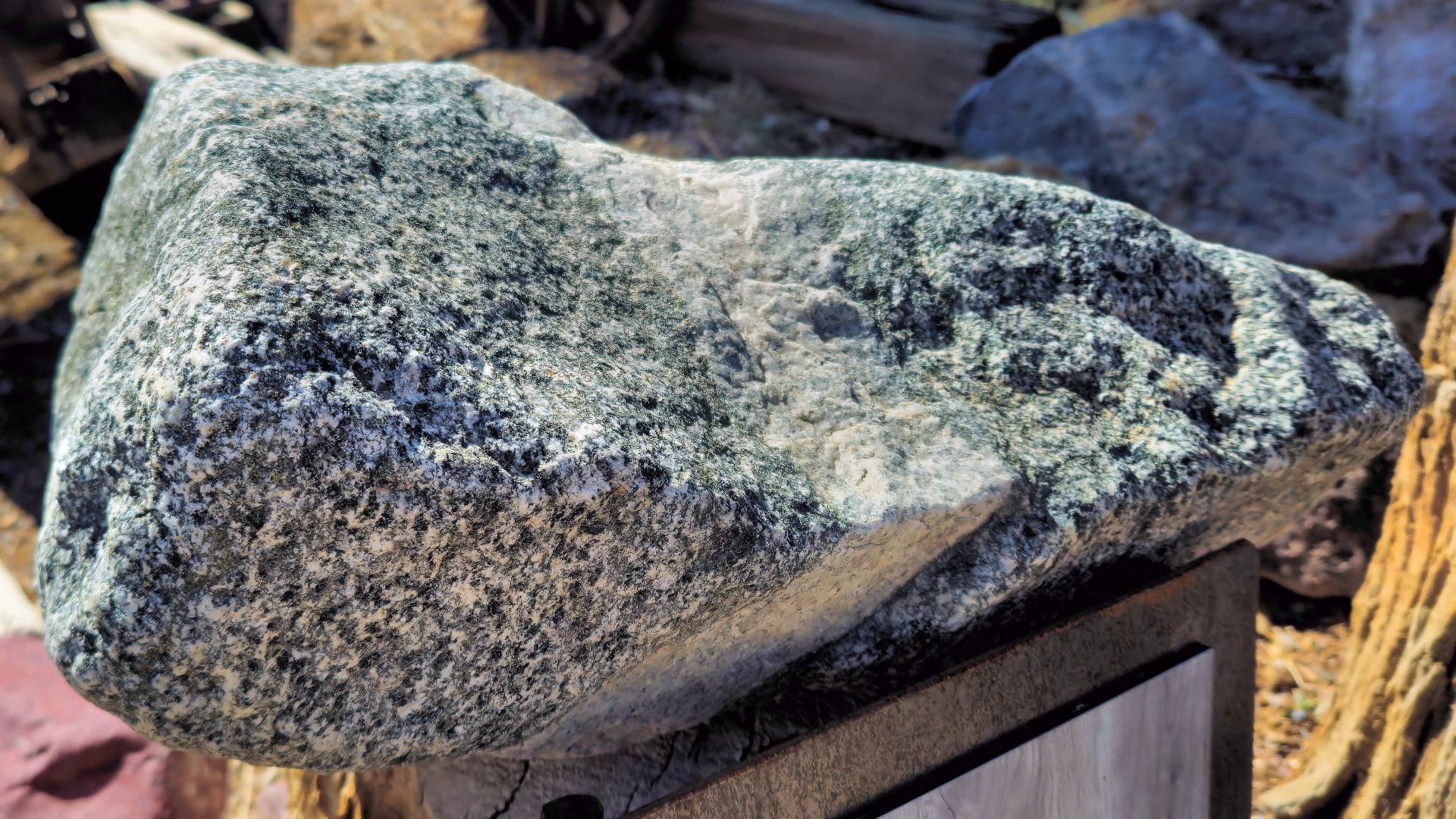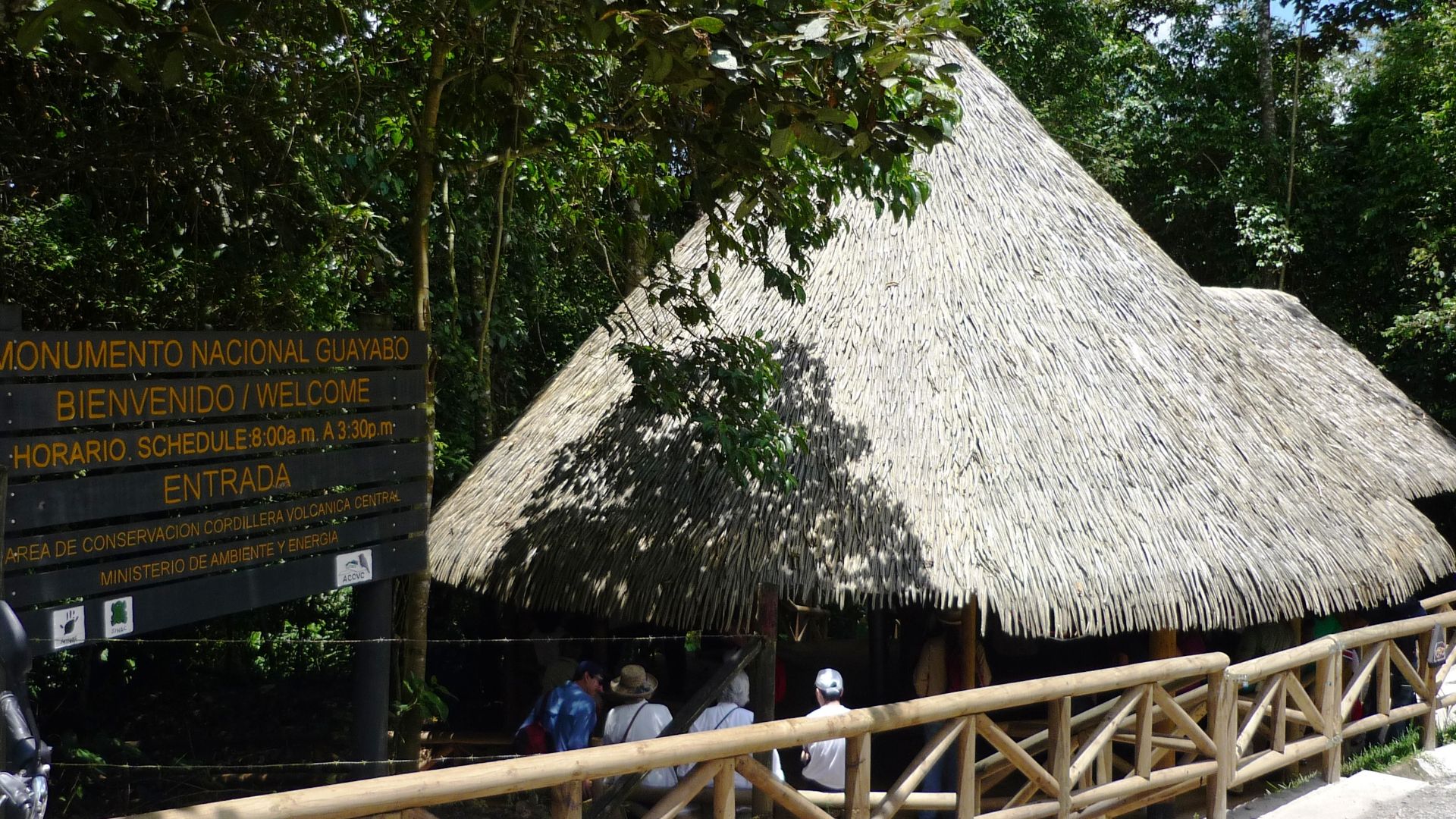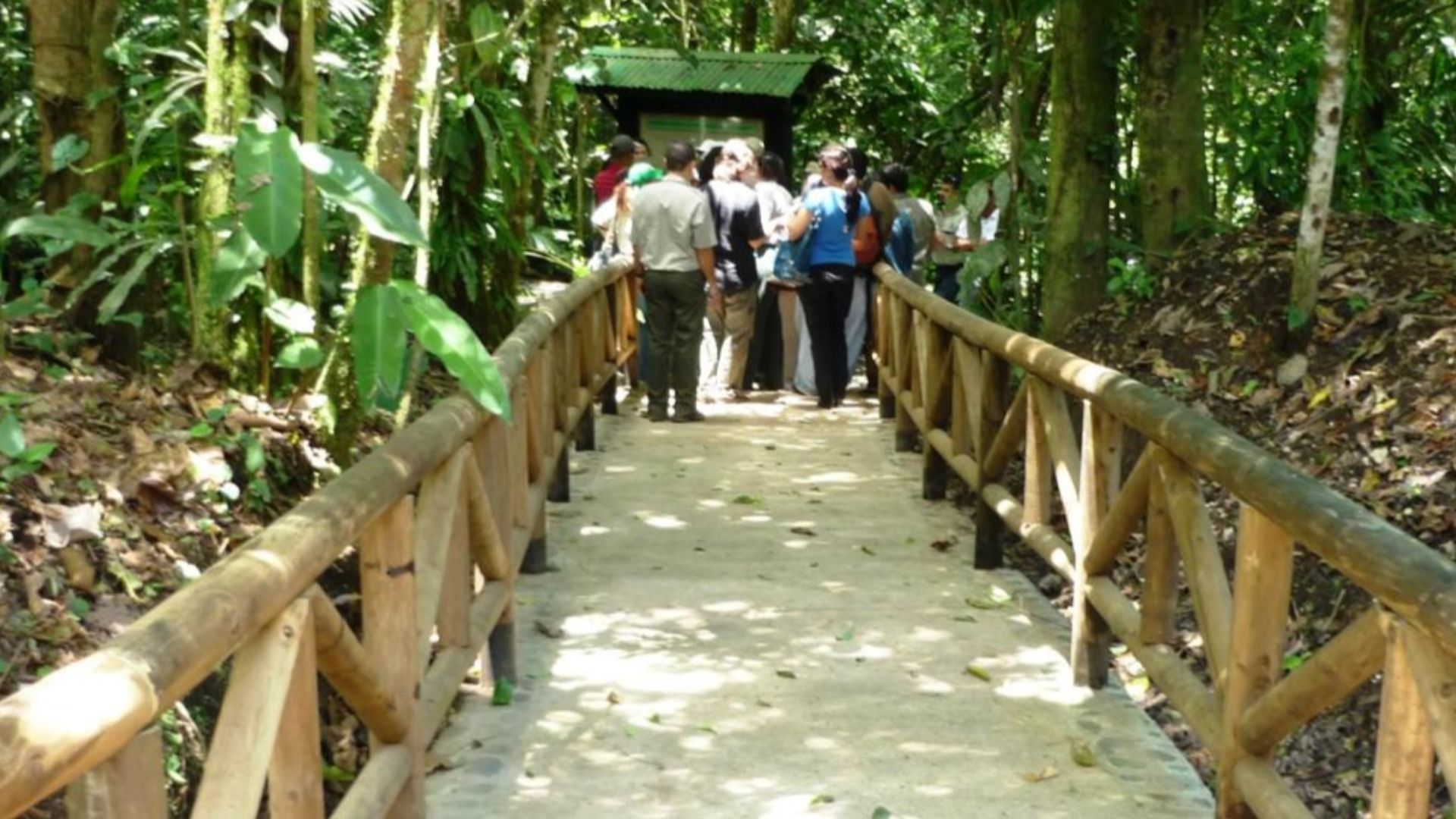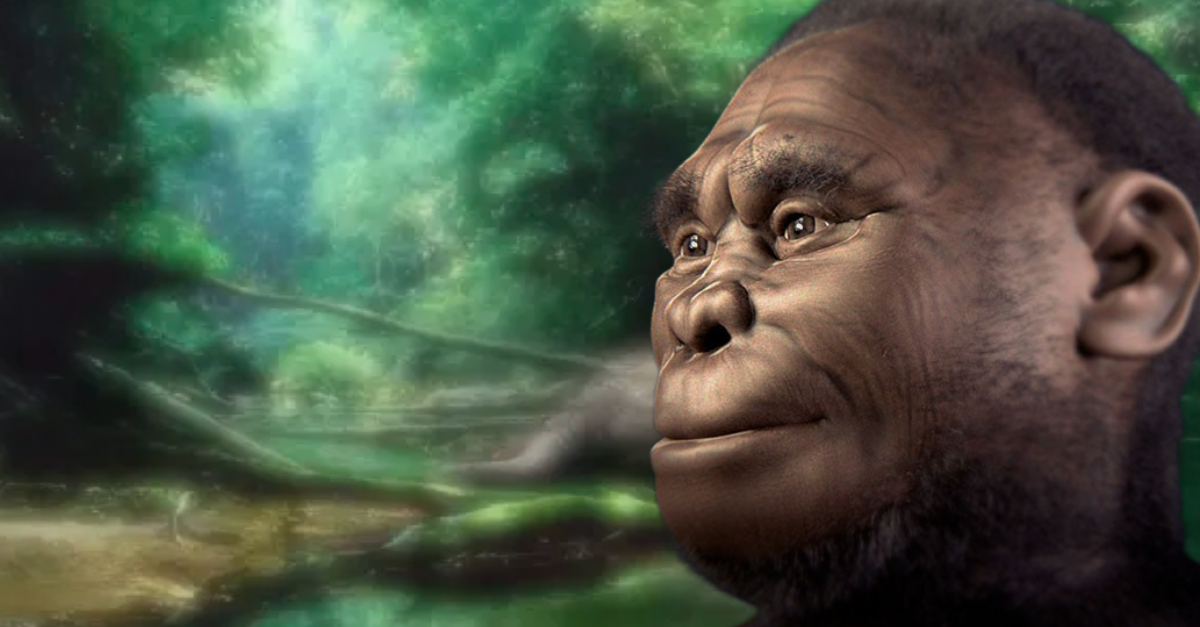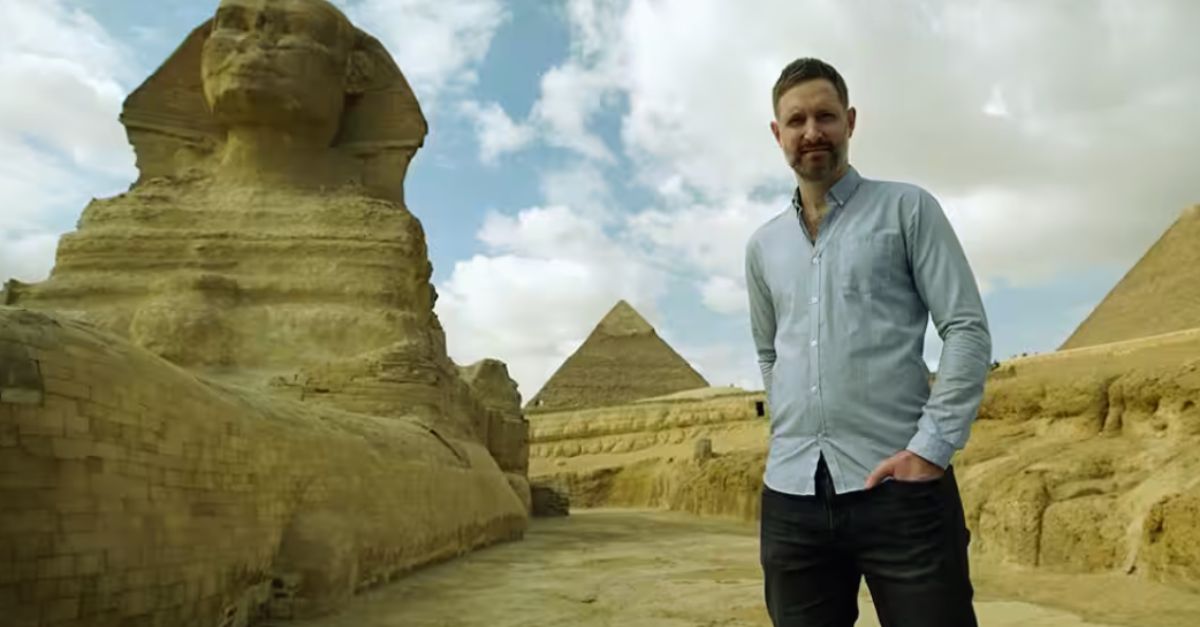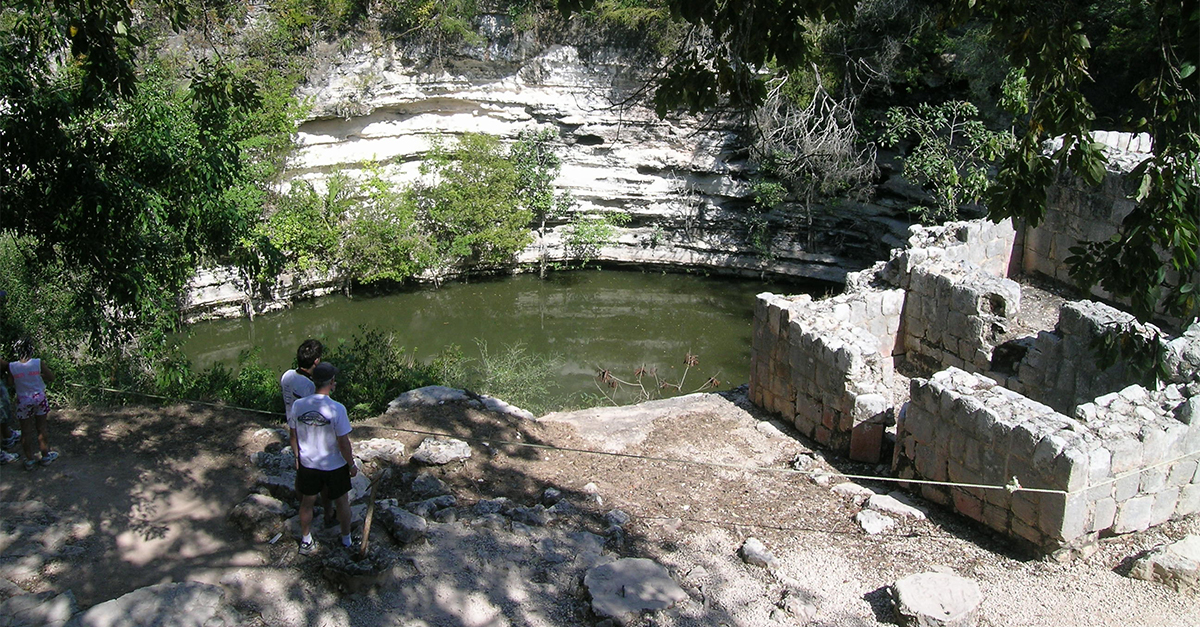Stone Statues In Costa Rica Are Keeping Scientists Baffled
In Costa Rica’s lush southern landscapes, a newly reported monolith has captured archaeologists’ imaginations. Could this mysterious stone be more than geology—perhaps a carefully placed marker aligned with the stars, ancient cultural traditions, and the rhythms of seasonal timekeeping?
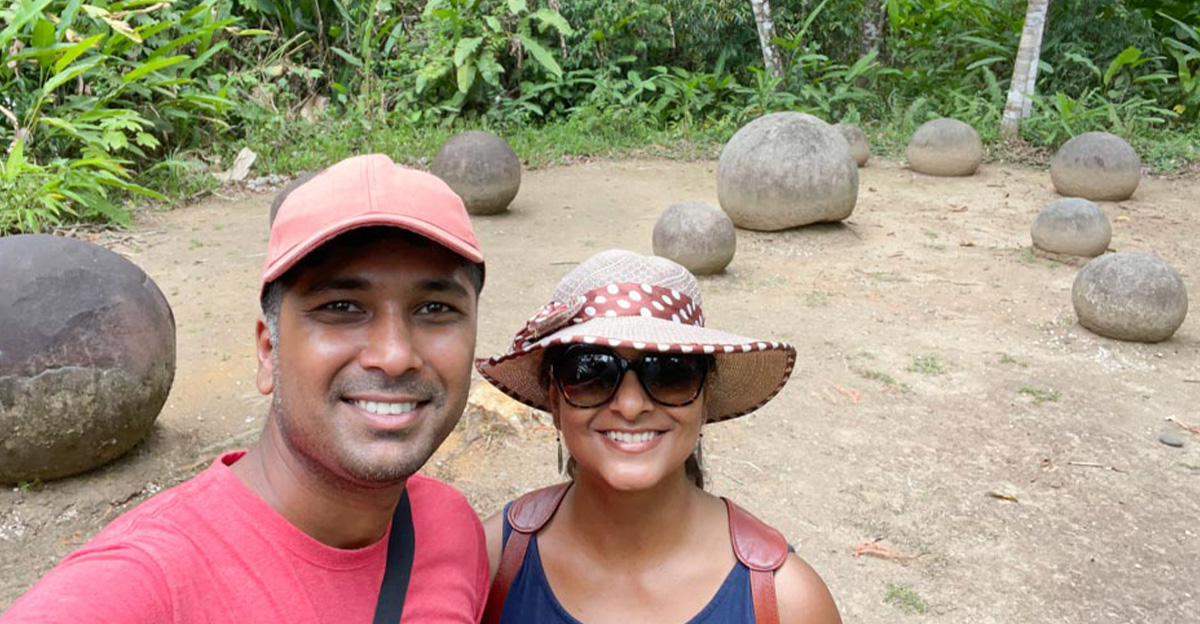
First, A Reality Check
Local reports describe a monolith-like stone in southern Costa Rica. Formal verification is still pending, but here’s how archaeologists would investigate such a find—and why Costa Rica is exactly the place where the sky often meets stone.
Why Costa Rica Is Prime Monolith Country
Costa Rica hosts extraordinary pre-Columbian sites—most famously the Diquís stone spheres and the city of Guayabo—proving ancient builders engineered with precision and purpose. A new standing stone would join a deep tradition of monumental craft.
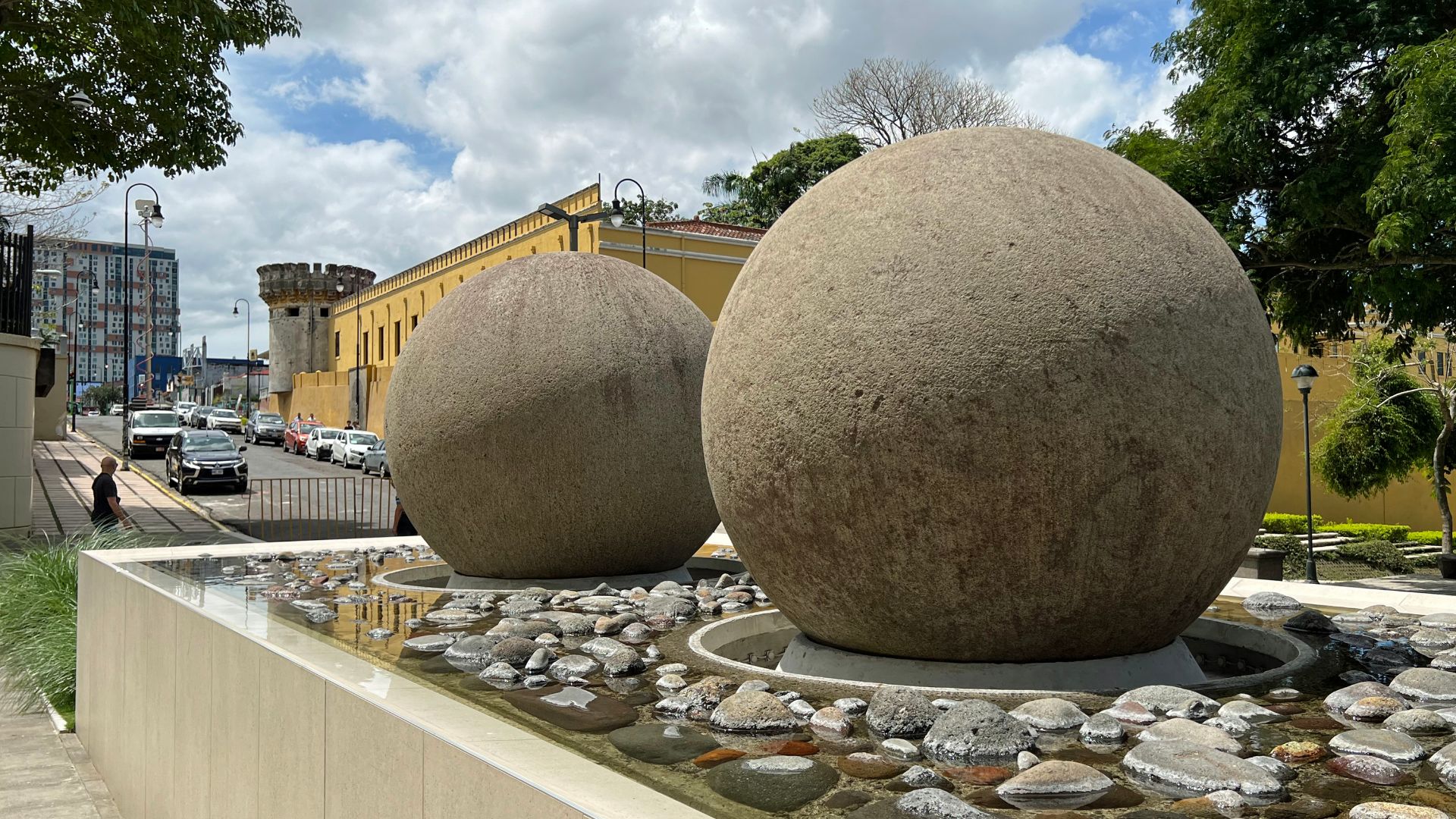 Mariordo (Mario Roberto Durán Ortiz), Wikimedia Commons
Mariordo (Mario Roberto Durán Ortiz), Wikimedia Commons
Meet The Diquís Spheres
Over 300 near-perfect stone spheres dot the Diquís Delta and Isla del Caño. Their makers aligned settlements and sculpted gabbro with astonishing skill. Their exact meanings remain debated, but their craftsmanship is undisputed.
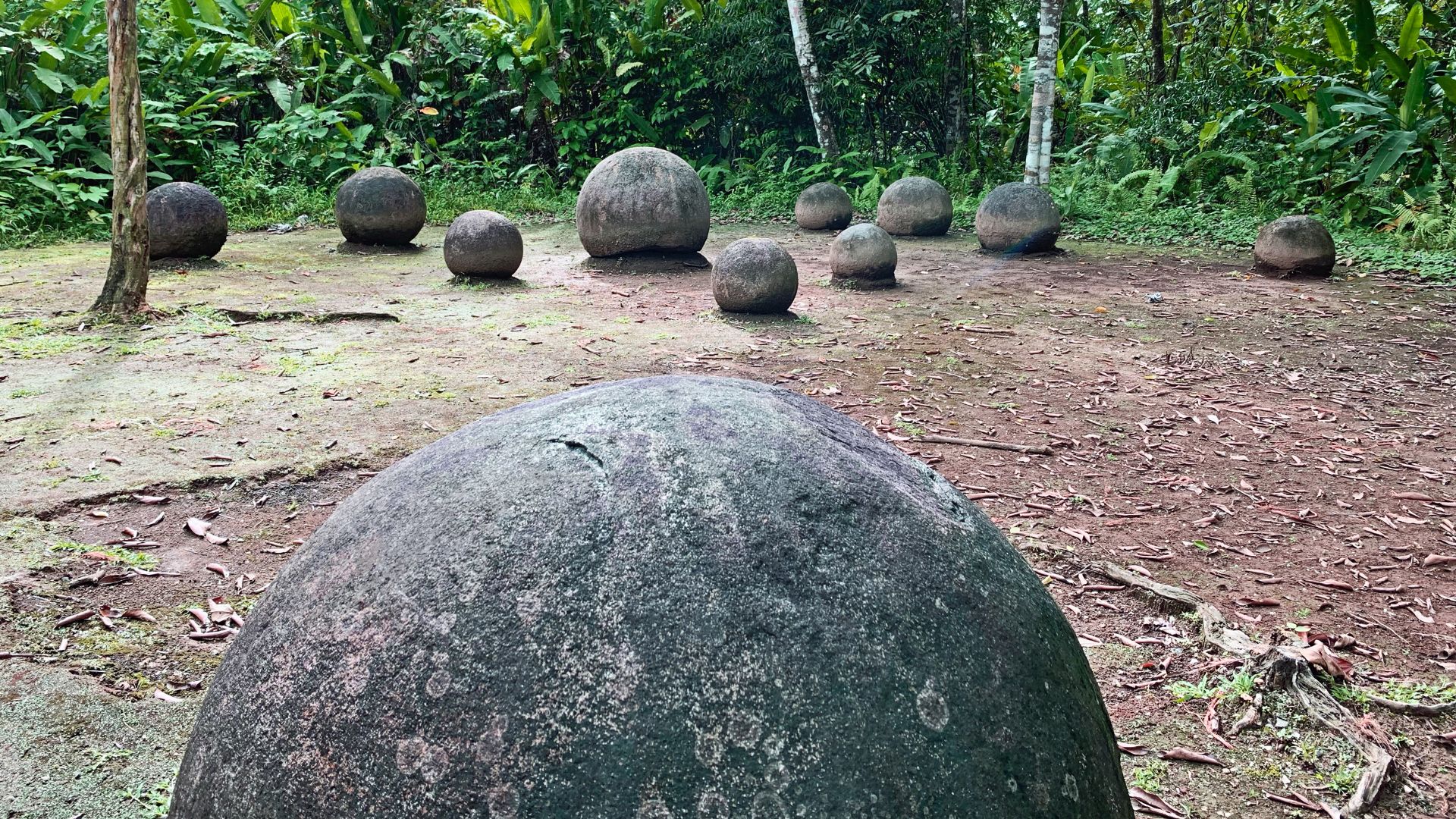 Diego Padilla Durán y Mariordo (Mario Roberto Durán Ortiz), Wikimedia Commons
Diego Padilla Durán y Mariordo (Mario Roberto Durán Ortiz), Wikimedia Commons
A UNESCO World Heritage Landscape
UNESCO inscribed four Diquís chiefdom settlements in 2014, highlighting elite centers, mounds, causeways—and those enigmatic spheres—within a planned cultural landscape. Any “monolith” claim would be evaluated against this protected archaeological context.
Fresh Conservation—Hot Off The Trowel
In August–September 2025, Costa Rican and Mexican specialists restored rare limestone spheres at Finca 6, documenting every step. Active conservation helps experts quickly assess any newly reported stone features nearby.
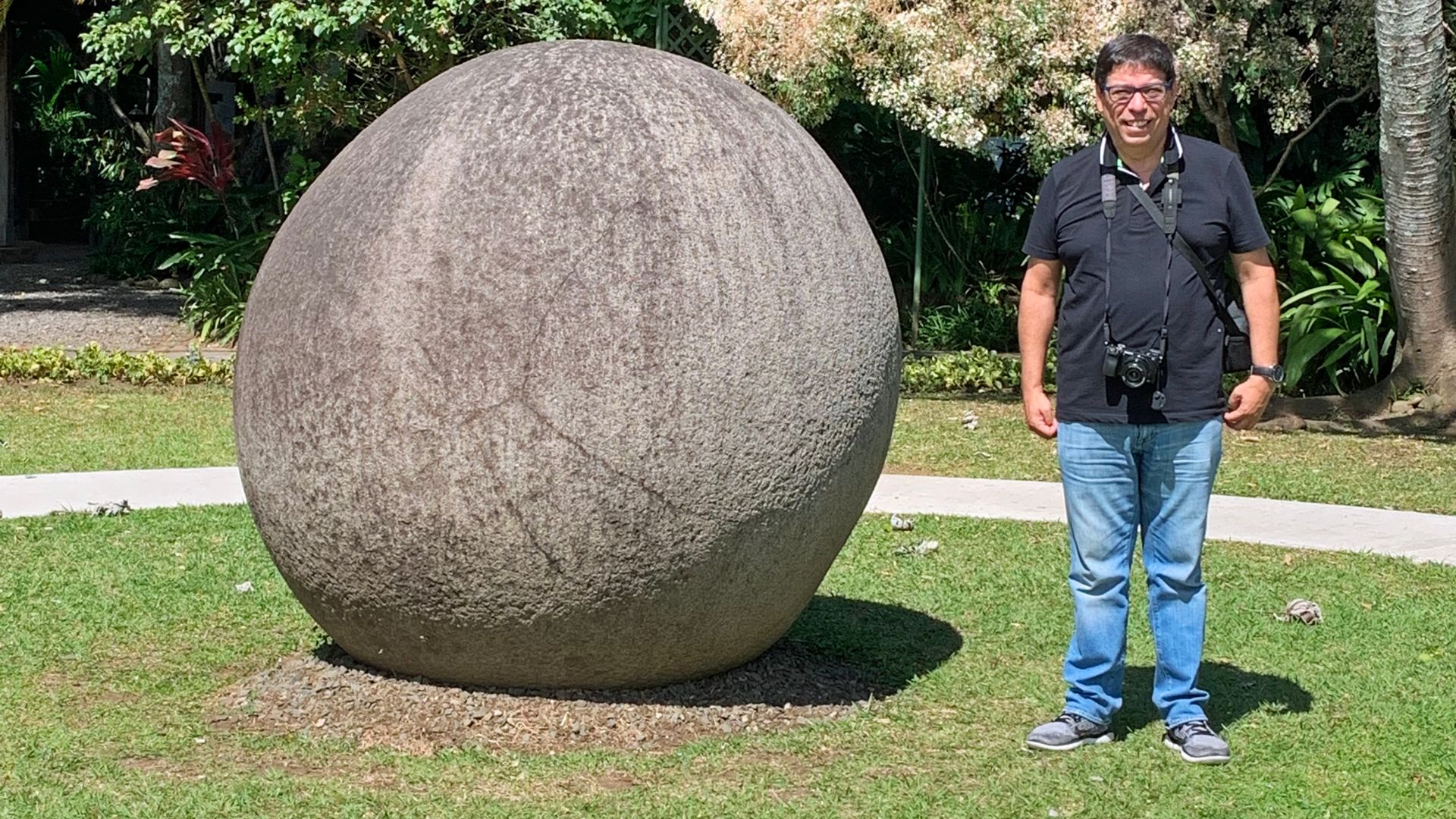 Mariordo (Mario Roberto Durán Ortiz), Wikimedia Commons
Mariordo (Mario Roberto Durán Ortiz), Wikimedia Commons
How A Monolith Investigation Starts
Step one: confirm the object is ancient, in situ, and culturally modified—not a modern plant or joke. Researchers inspect tool marks, quarry matches, soil context, and stratigraphy before even whispering “ritual” or “astronomy.”
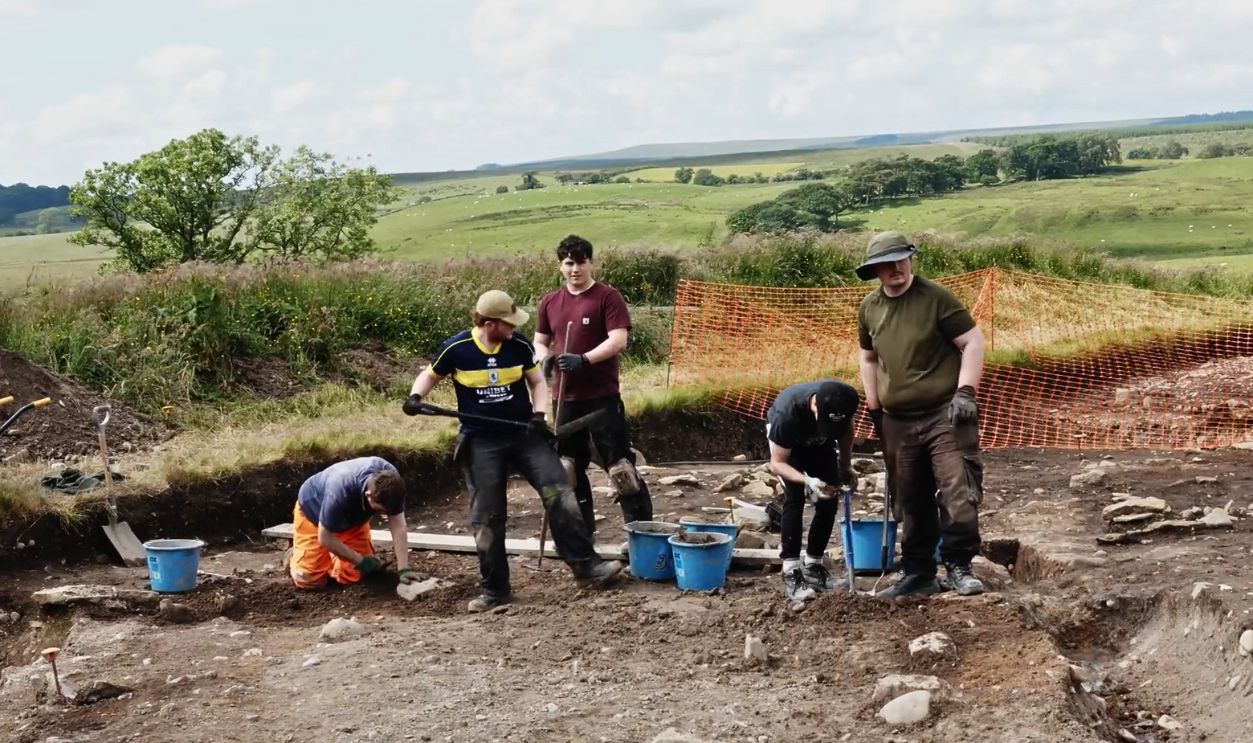 Studying Archaeology at Newcastle University by Newcastle University
Studying Archaeology at Newcastle University by Newcastle University
Lessons From Guayabo’s Engineers
Guayabo’s roads, mounds, and waterworks earned an international civil-engineering honor. Its planners integrated terrain, water, and sightlines—exactly the kind of logic archaeologists test when evaluating alignments to solstices or horizon markers.
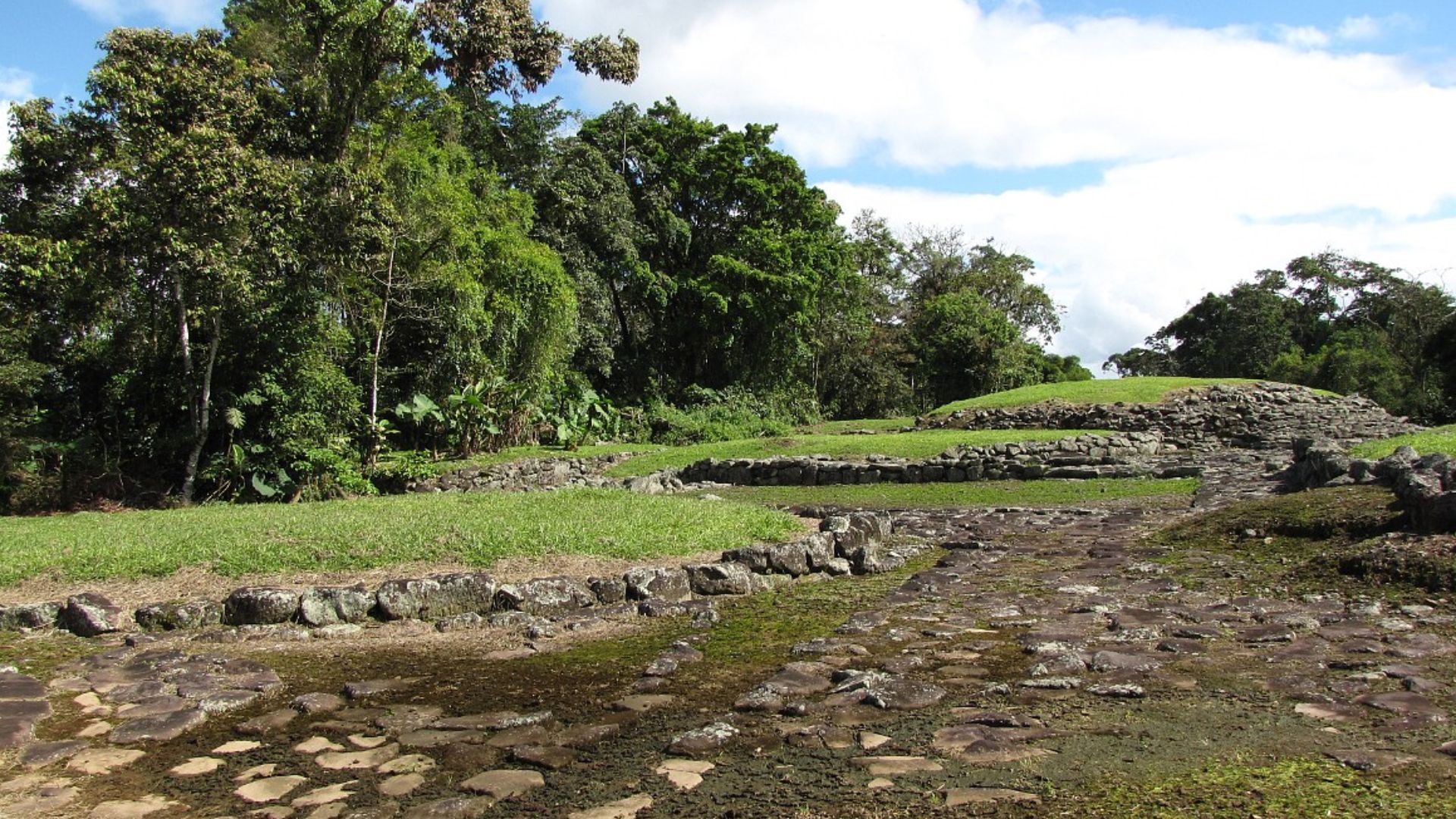 Lutz Maertens, Wikimedia Commons
Lutz Maertens, Wikimedia Commons
‘Astronomical Significance’ Isn’t A Guess
Across Mesoamerica, civic-ceremonial layouts often align to sunrises, sunsets, lunar or Venus extremes. Scholars quantify orientations statistically before proposing meanings. Any Costa Rican monolith claim would follow those same rigorous methods.
What An Alignment Test Looks Like
Investigators map azimuths, correct for local horizon altitude and refraction, then compare to solar/lunar events. Repeated patterning across multiple structures—not a single coincidence—builds the case for intentional sky-watching.
 Land Navigation with a Lensatic Compass - fast azimuth technique, asimplegenius
Land Navigation with a Lensatic Compass - fast azimuth technique, asimplegenius
Finca 6’s Intriguing East–West Lines
At Finca 6, two sets of spheres are reported aligned roughly east-west across a plaza and mounds—exactly the kind of pattern that invites solstitial or equinoctial testing.
Context Is Everything
If a “monolith” stands near mounds, causeways, or sphere arrays within a dated occupation, significance rises. Isolated stones without context often turn out to be recent, moved, or natural features.
The Craft Problem
Diquís artisans shaped hard gabbro with hammerstones and abrasive polishing; a new carved monolith would need matching techniques, mineral sourcing, and weathering. Tool marks inconsistent with pre-Columbian practice would be a red flag.
Beware The 2020s Monolith Craze
Metal “monoliths” popped up worldwide—Spain’s Costa Brava, even a tongue-in-cheek zinc slab in Costa Rica—often as pranks or art. Archaeologists now approach solitary, media-friendly pillars with healthy skepticism.
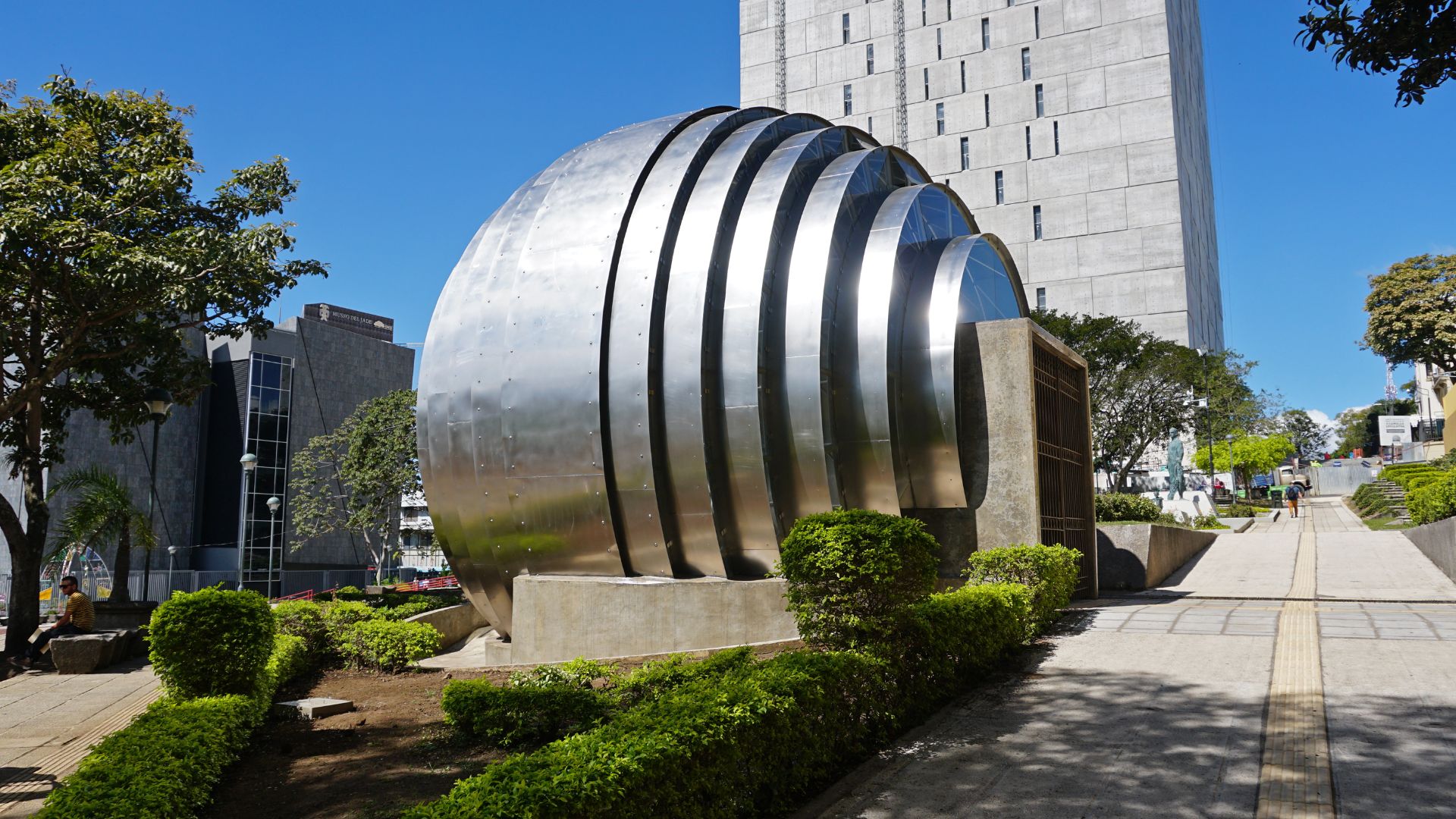 Mariordo (Mario Roberto Durán Ortiz), Wikimedia Commons
Mariordo (Mario Roberto Durán Ortiz), Wikimedia Commons
Spheres, Not Sci-Fi
National Geographic and museum collections have long documented Costa Rica’s spheres without resorting to aliens. Solid scholarship centers craft, social hierarchy, and landscape planning—not sensationalism.
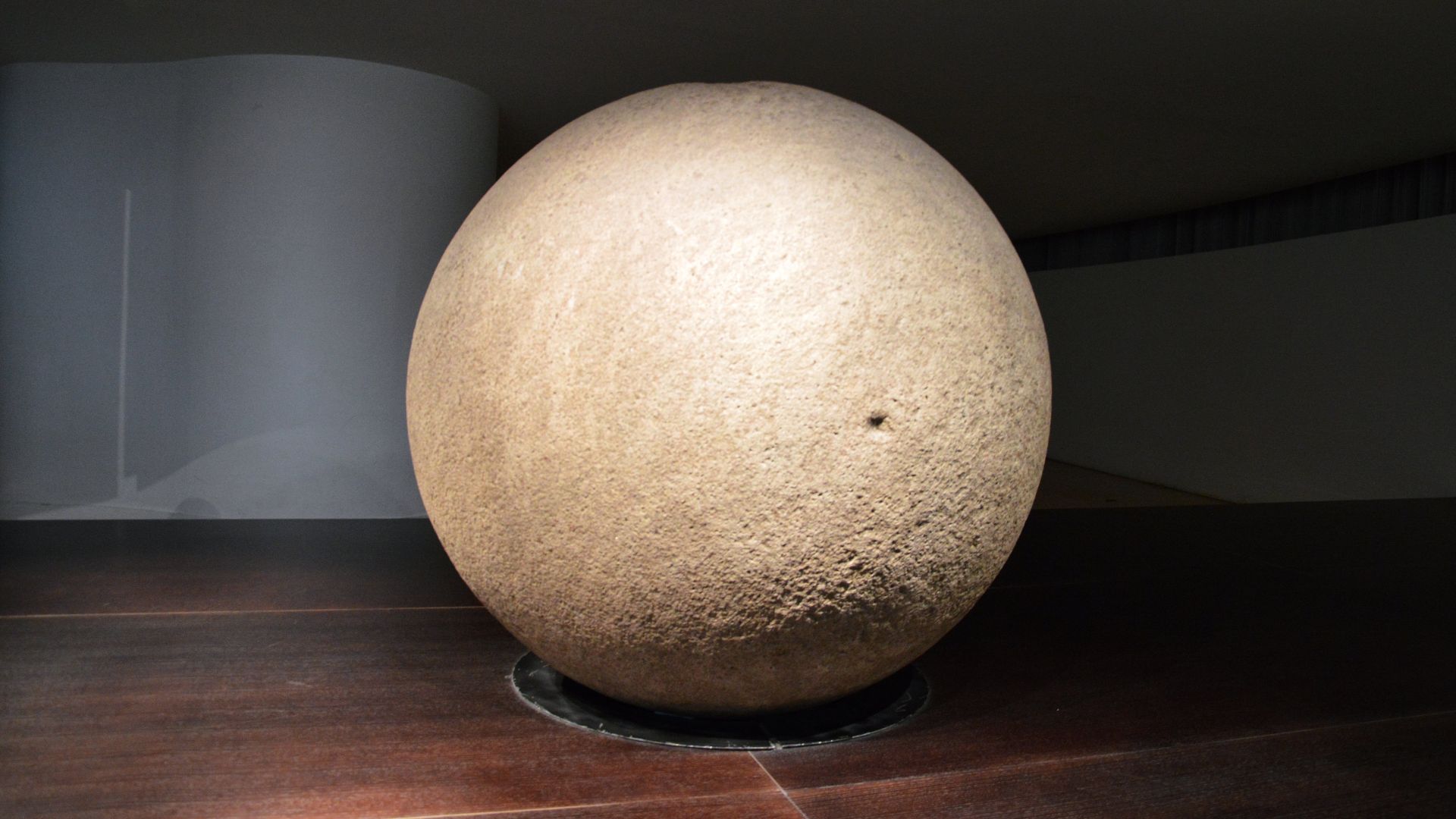 AnonymousUnknown author, Wikimedia Commons
AnonymousUnknown author, Wikimedia Commons
Why Astronomies Matter Here
Agricultural calendars, ritual timing, and political theater often hinged on predictable sky events. Alignments could synchronize communities with seasonal rains or legitimize leaders under cosmic cycles. That’s testable—and beautifully human.
If It’s Real, What Might It Do?
A genuine monolith could frame a sunrise notch, track solstice extremes, or mark procession routes between mounds and plazas—functions seen across the Macro-Mesoamerican world, adapted locally.
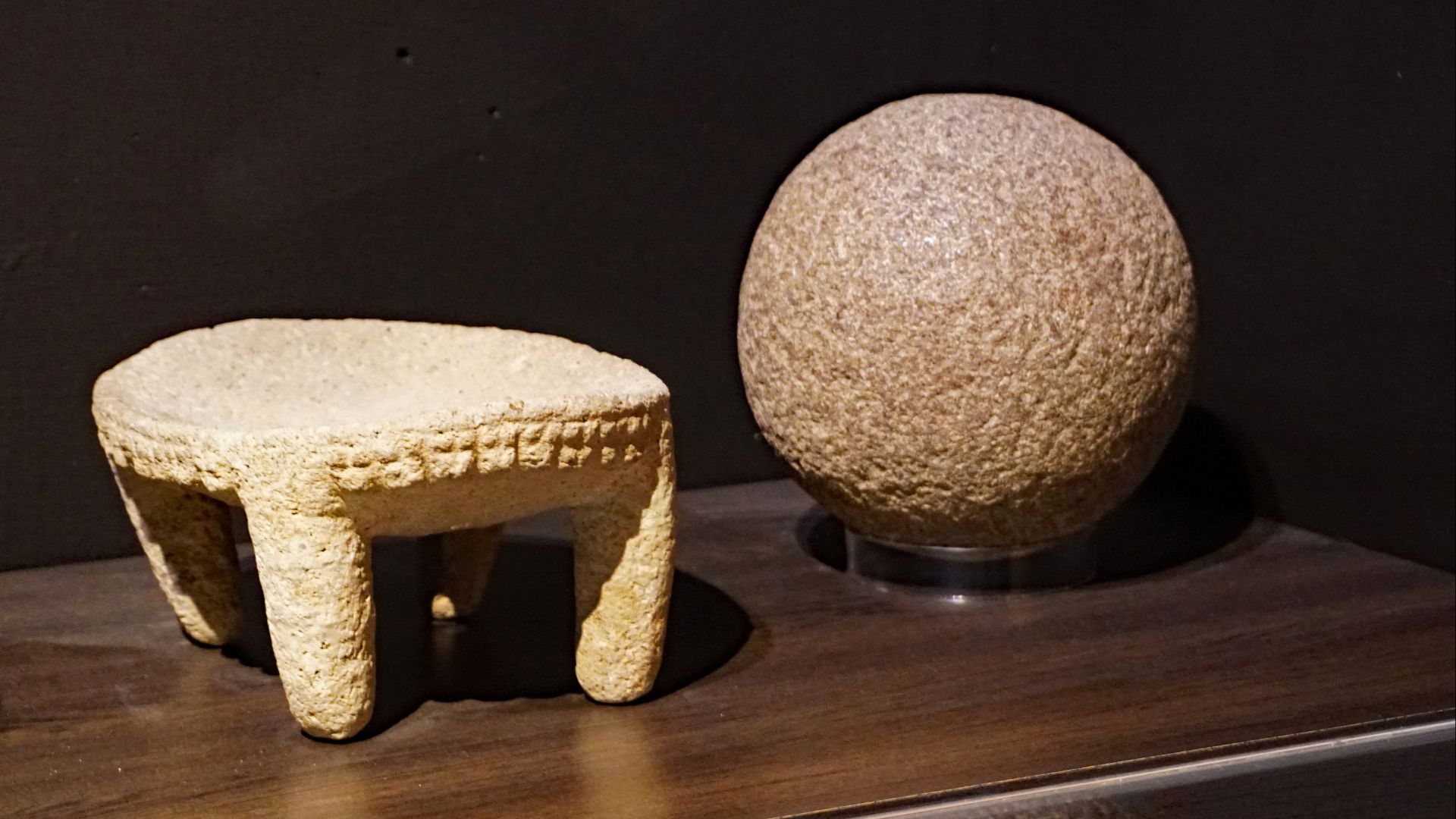 Mariordo (Mario Roberto Durán Ortiz), Wikimedia Commons
Mariordo (Mario Roberto Durán Ortiz), Wikimedia Commons
What We’d Want To See
Ideal evidence: undisturbed sediments at the base, tool-marked faces, quarry matches in nearby hills, and alignment coherence with neighboring features—plus radiocarbon dates from sealed occupation layers.
The People Behind The Stones
The spheres relate to complex chiefdoms active c. 500–1500 CE in the Diquís Delta—societies with stratified power, monumentality, and far-reaching exchange. A new monument would likely tie into that world.
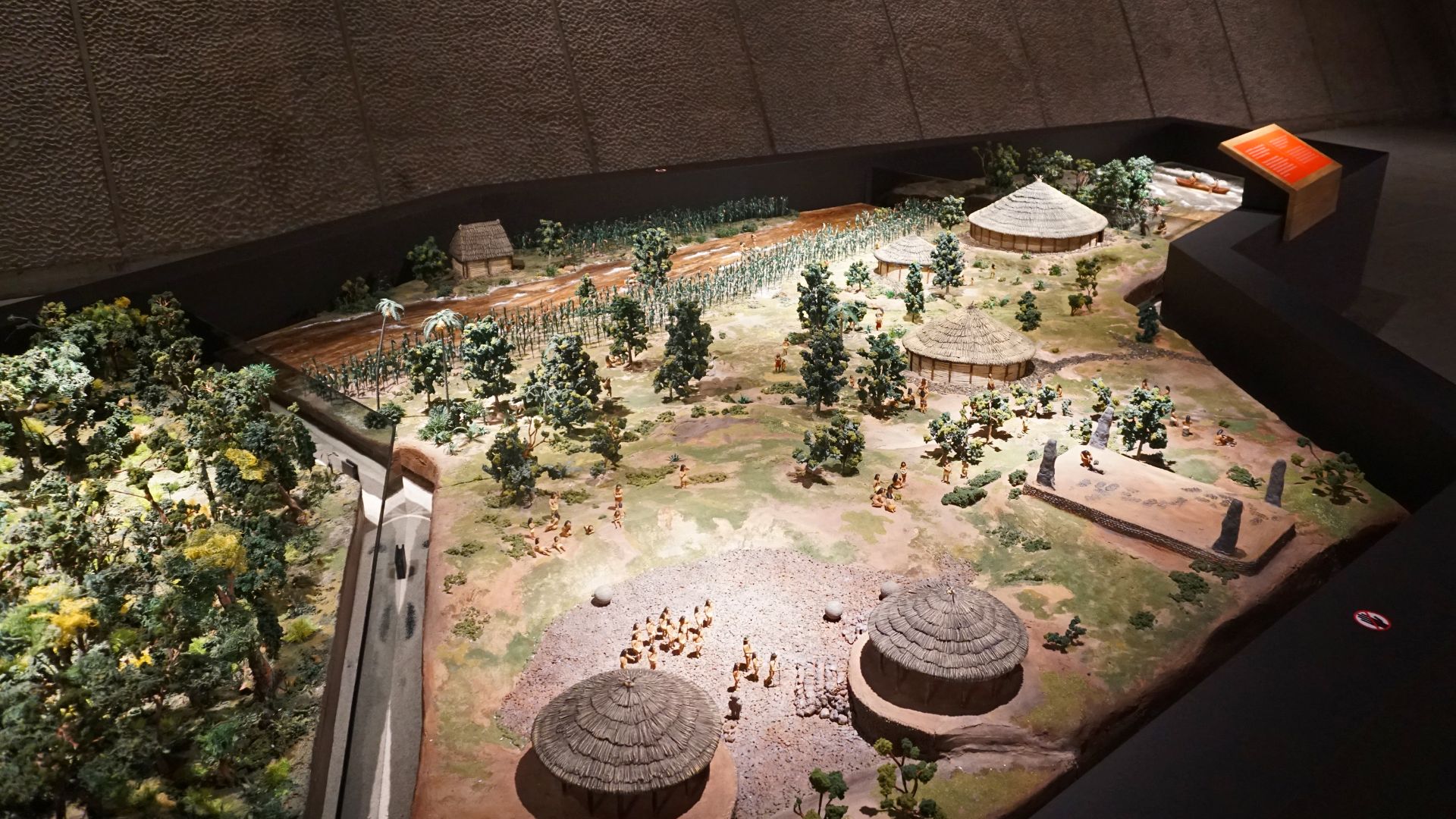 Mariordo (Mario Roberto Durán Ortiz), Wikimedia Commons
Mariordo (Mario Roberto Durán Ortiz), Wikimedia Commons
Museums And Site Stewards
Costa Rica’s National Museum manages Finca 6, where some spheres remain in situ and interpreted for the public. Any credible new find would route through these institutions first.
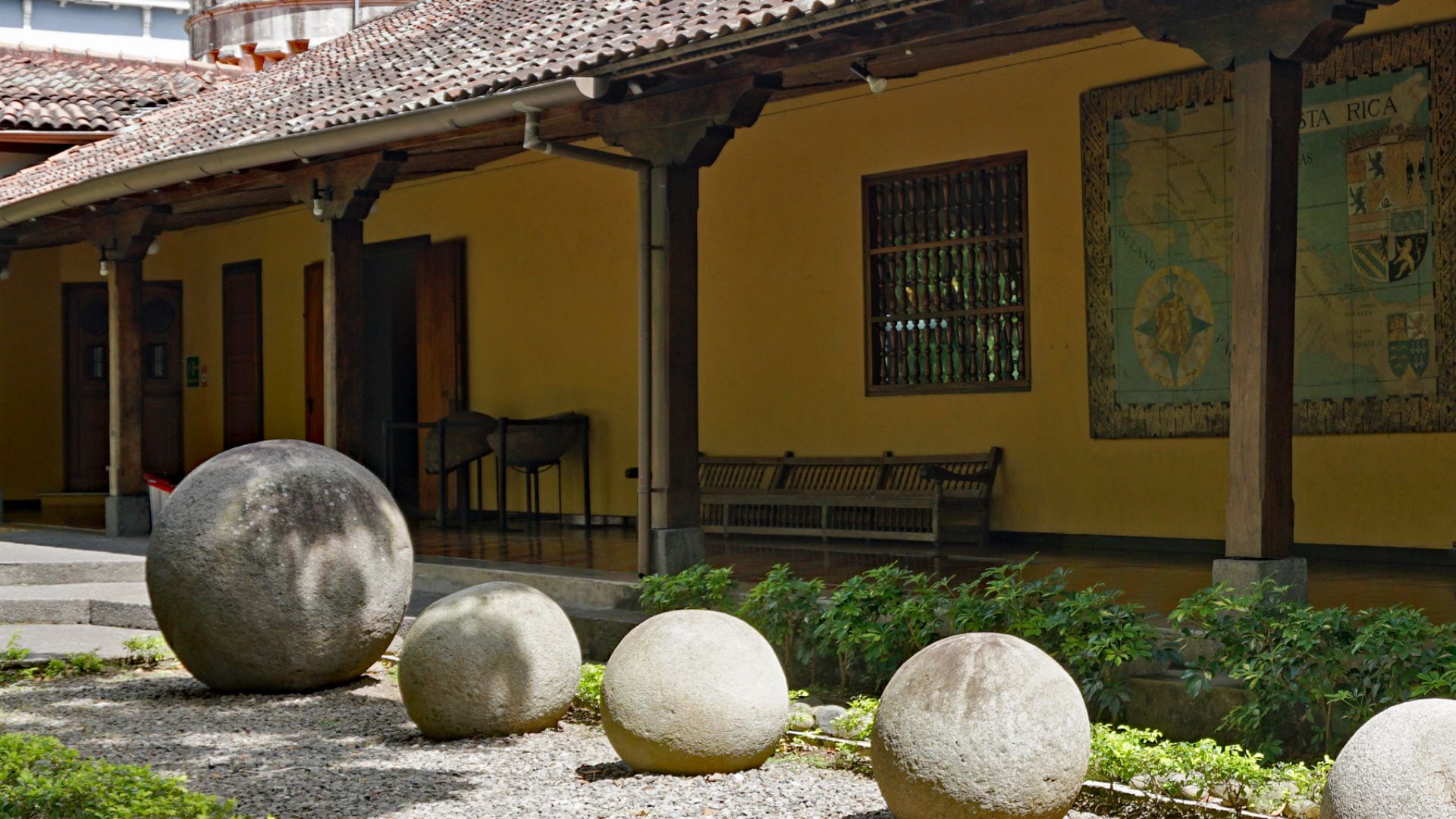 Mariordo (Mario Roberto Durán Ortiz), Wikimedia Commons
Mariordo (Mario Roberto Durán Ortiz), Wikimedia Commons
Don’t Forget Guayabo’s Horizon
Guayabo’s hilltop vistas invite horizon studies. While not as stone-astronomy famous as Maya cities, Costa Rica’s “Intermediate Area” shared knowledge across north–south cultural corridors.
Separating Star Lore From Star Data
Scholars caution that alignments must be statistically significant and culturally plausible—no cherry-picking sunrise dates. The gold standard ties measured orientations to iconography, ritual deposits, and repeated architectural choices.
Recent Field Momentum
This year’s conservation campaigns mean experts are literally on site. Rapid assessments are more feasible than ever—good news for investigating any credible monolith-like report in the Osa region.
What If It’s A Meteorite Marker?
Costa Rica has star stories of another kind: the Aguas Zarcas meteorite fall (2019) spawned major studies. While unrelated, it shows how cosmic events captivate Costa Rica—and science follows with rigor.
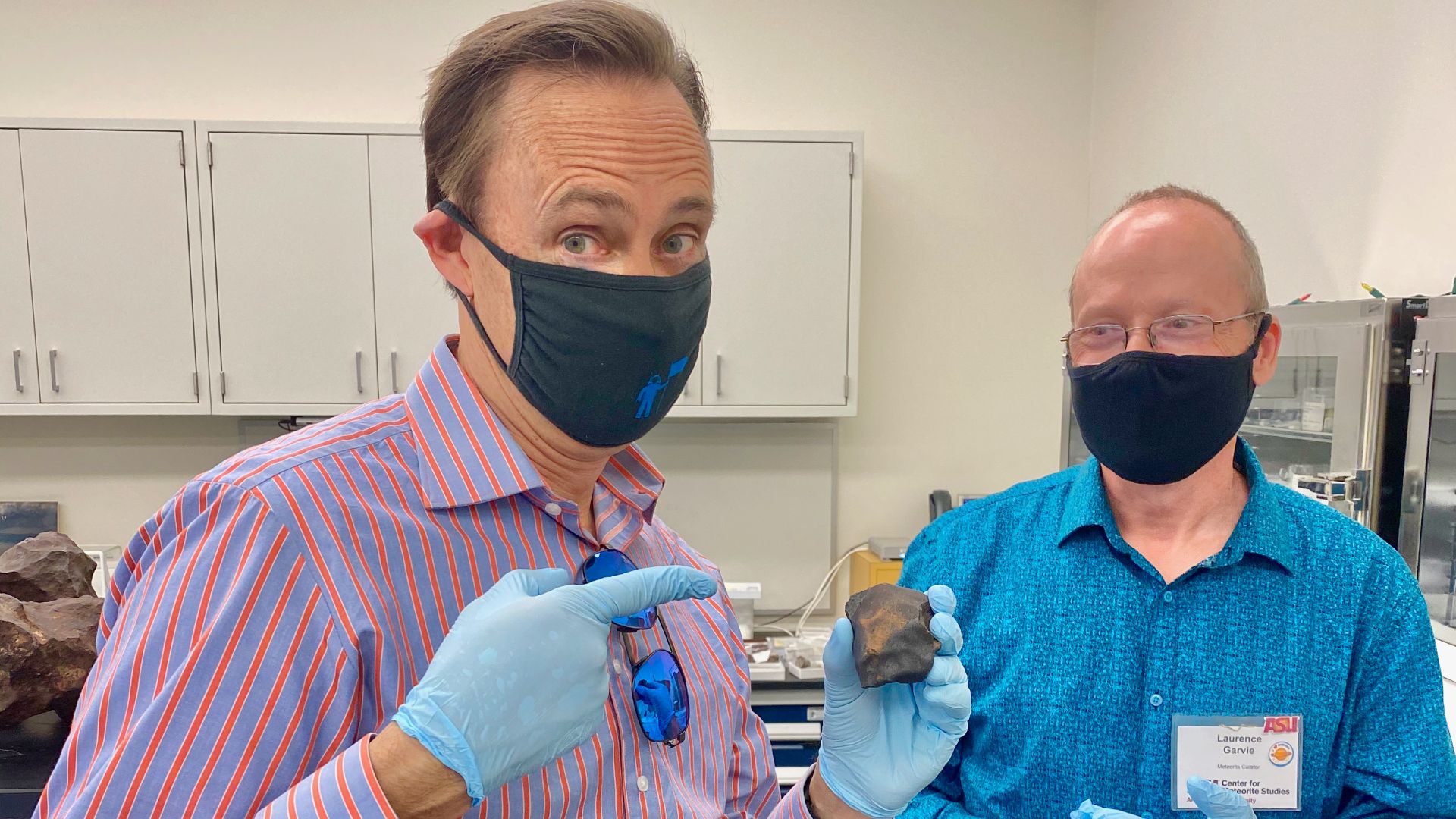 Steve Jurvetson from Los Altos, USA, Wikimedia Commons
Steve Jurvetson from Los Altos, USA, Wikimedia Commons
Expect Careful Language
Until labs and mapping are done, professionals will say “reported stone feature,” not “ancient monolith.” That’s how archaeology protects the past from hype—and the public from disappointment.
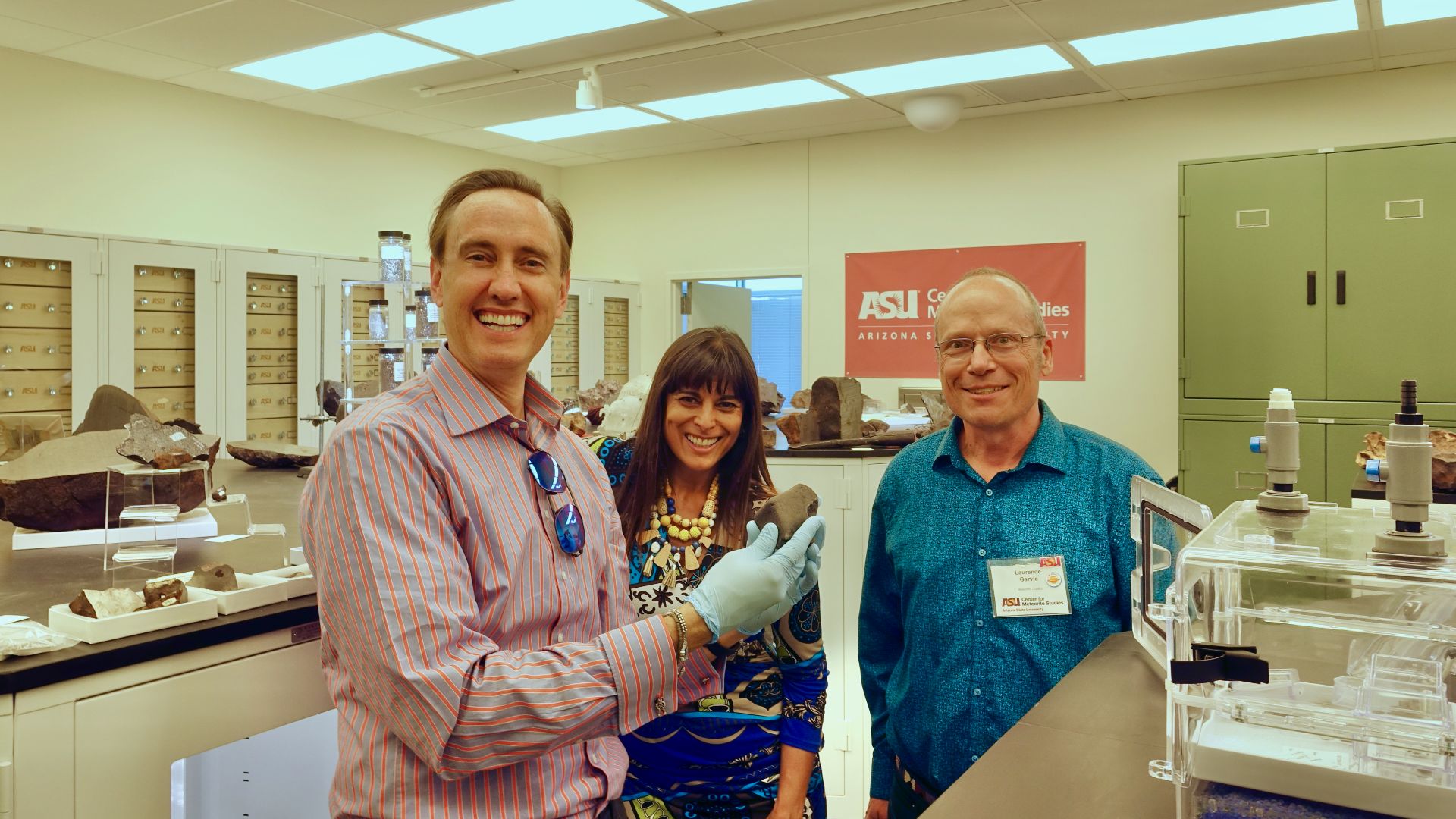 Steve Jurvetson from Los Altos, USA, Wikimedia Commons
Steve Jurvetson from Los Altos, USA, Wikimedia Commons
Community And Indigenous Perspectives
Interpreting monuments includes living voices. UNESCO programs in the Diquís sites engage local and Indigenous communities in stewardship and interpretation—crucial when weighing meanings beyond measurements.
 Archaeologists Baffled by Giant Sphere stone found in Costa Rica, Facts Verse
Archaeologists Baffled by Giant Sphere stone found in Costa Rica, Facts Verse
Pranks Make Us Better Scientists
The 2020s prank-monolith wave sharpened field protocols: verify context, document provenance, and publish methods. Healthy skepticism actually strengthens the case when a feature turns out to be authentic.
If The Alignment Checks Out
A validated alignment joined to mounds, plazas, or sphere rows would expand Costa Rica’s sky-architecture story—and plug the Diquís world more firmly into broader Mesoamerican astronomical traditions.
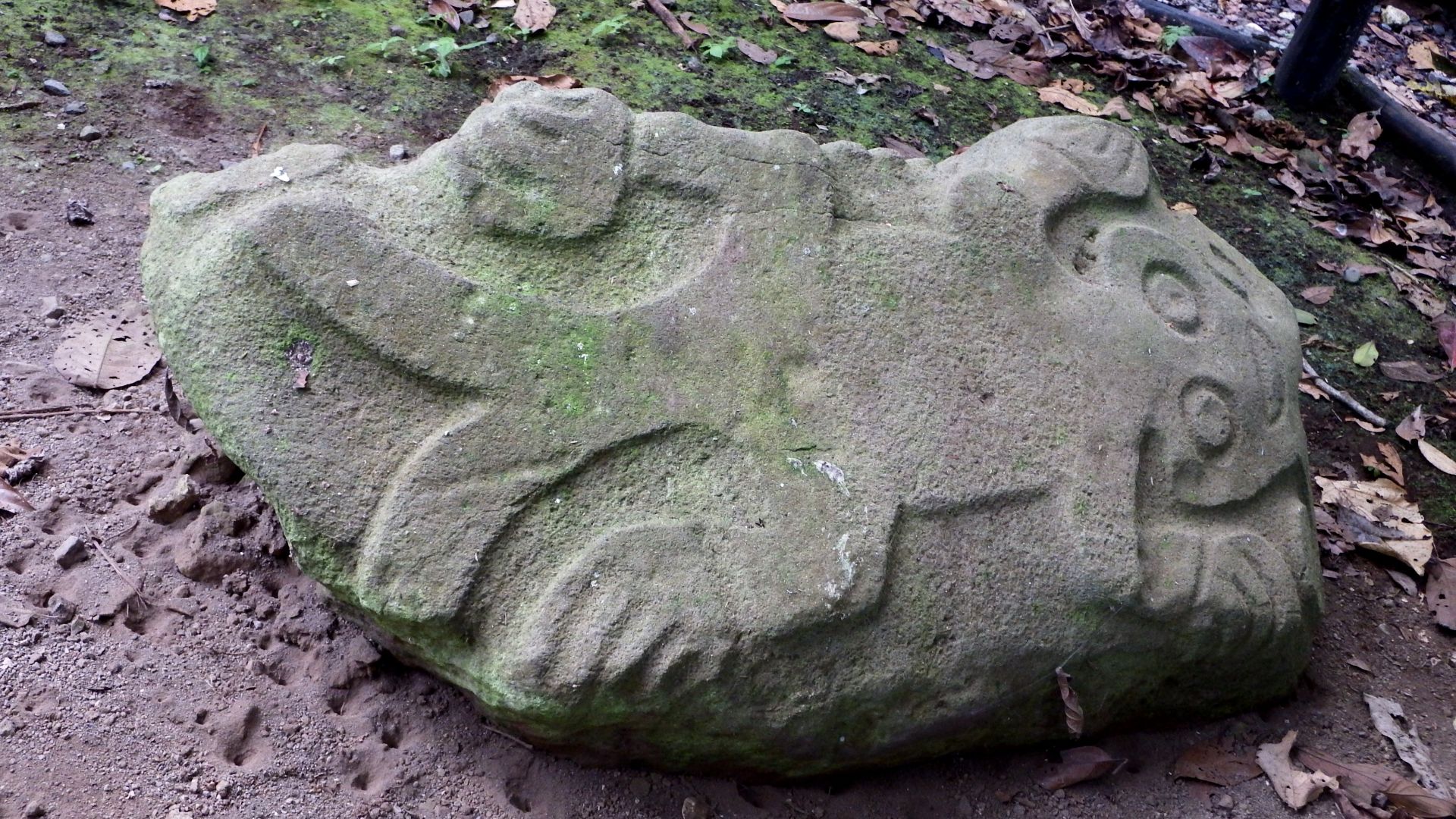 elisabeth tonglet, Wikimedia Commons
elisabeth tonglet, Wikimedia Commons
Visiting The Landscape
Curious readers can tour Guayabo and Finca 6 today. On-site signage and guides explain spheres, mounds, and ongoing research so you can evaluate “astronomy” claims with your own eyes.
Our Bottom Line
A mysterious monolith in Costa Rica would be big news—but significance must be earned through context, craft analysis, and reproducible alignment data. Given this country’s track record, if it’s real, the sky will help tell its story.
Keep Your Trowels Ready
While verification unfolds, the Diquís spheres’ conservation, UNESCO documentation, and Guayabo’s engineering give us the playbook. When stones and stars rhyme here, it’s usually because careful people measured twice—and published once.
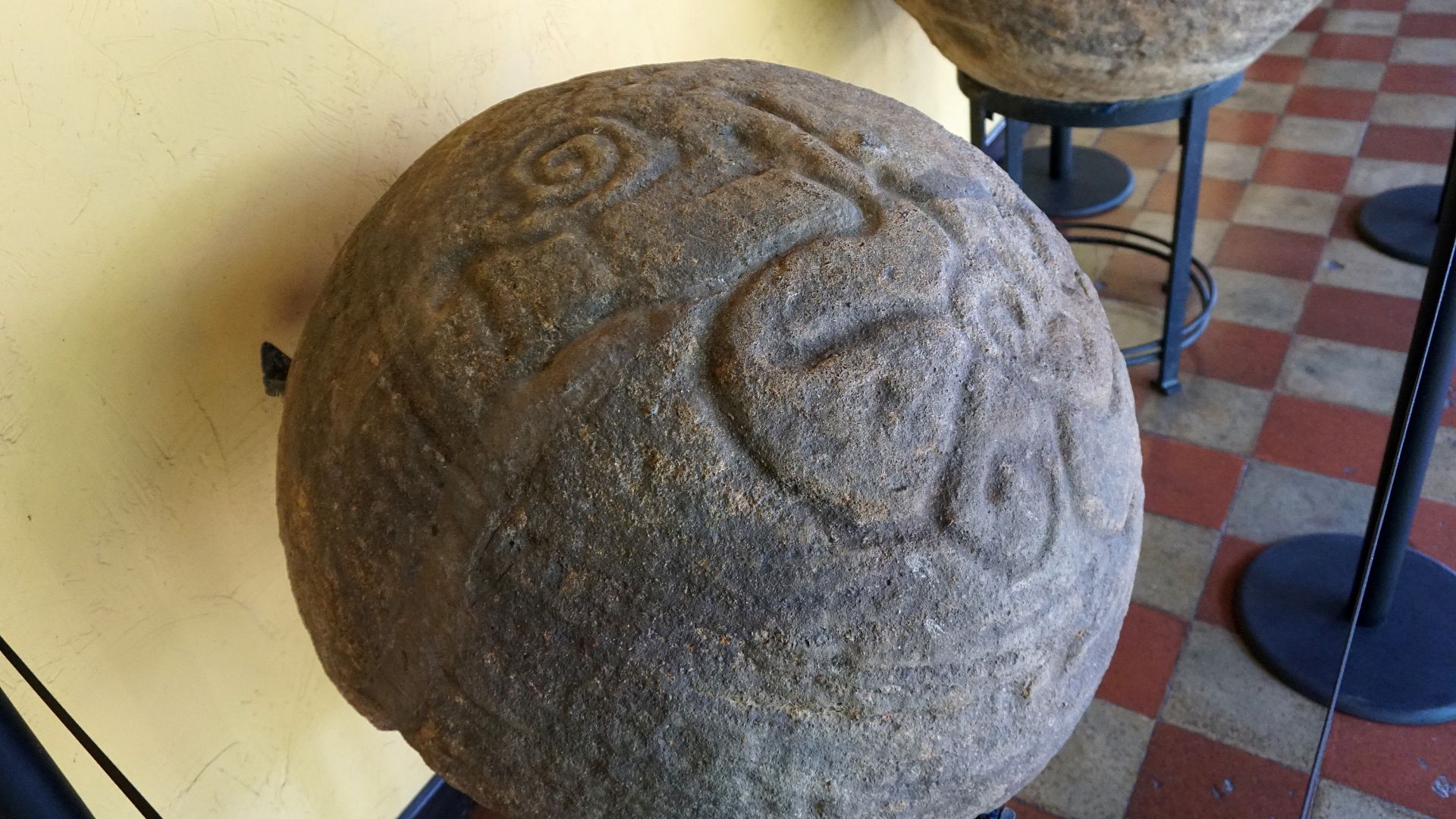 Mariordo (Mario Roberto Durán Ortiz), Wikimedia Commons
Mariordo (Mario Roberto Durán Ortiz), Wikimedia Commons
You May Also Like:
Which American State Has The Lowest Insurance Rates In 2025?
Countries That Are Considering Closing Their Doors To Tourists

